
 wtf
wtf

Copyright 2019 John Toohey
All rights reserved. No part of this book may be reproduced in any manner without the express written consent of the publisher, except in the case of brief excerpts in critical reviews or articles. All inquiries should be addressed to Skyhorse Publishing, 307 West 36th Street, 11th Floor, New York, NY 10018.
Skyhorse Publishing books may be purchased in bulk at special discounts for sales promotion, corporate gifts, fund-raising, or educational purposes. Special editions can also be created to specifications. For details, contact the Special Sales Department, Skyhorse Publishing, 307 West 36th Street, 11th Floor, New York, NY 10018 or info@skyhorsepublishing.com.
Skyhorse Publishing is an imprint of Skyhorse Publishing, Inc., a Delaware corporation.
Visit our website at www.skyhorsepublishing.com.
10 9 8 7 6 5 4 3 2 1
Library of Congress Cataloging-in-Publication Data is available on file.
Cover design by Daniel Brout
Print ISBN: 978-1-5107-2917-9
Ebook ISBN: 978-1-5107-2920-9
Printed in the United States of America
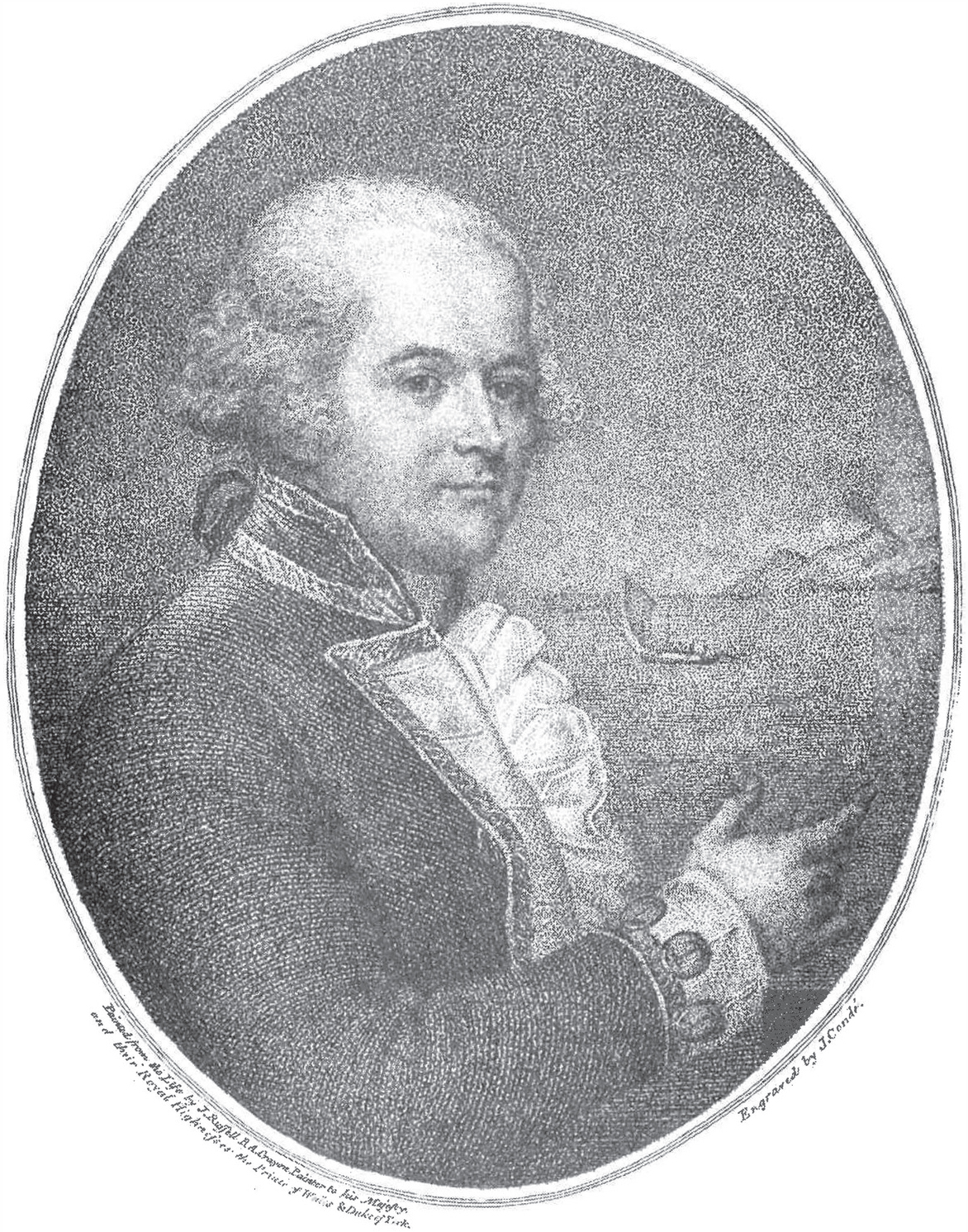
CAPT. BLIGH.
Contents
Continue O Lord we beseech thee, through the mediation of our blessed Saviour Jesus Christ, this thy goodness towards us,
strengthen my mind & guide our stepsGrant unto us health and strength to continue our Voyage,
& so bless our miserable morsel of Bread, that it may be sufficient for our undertaking...
BLIGHS PRAYER
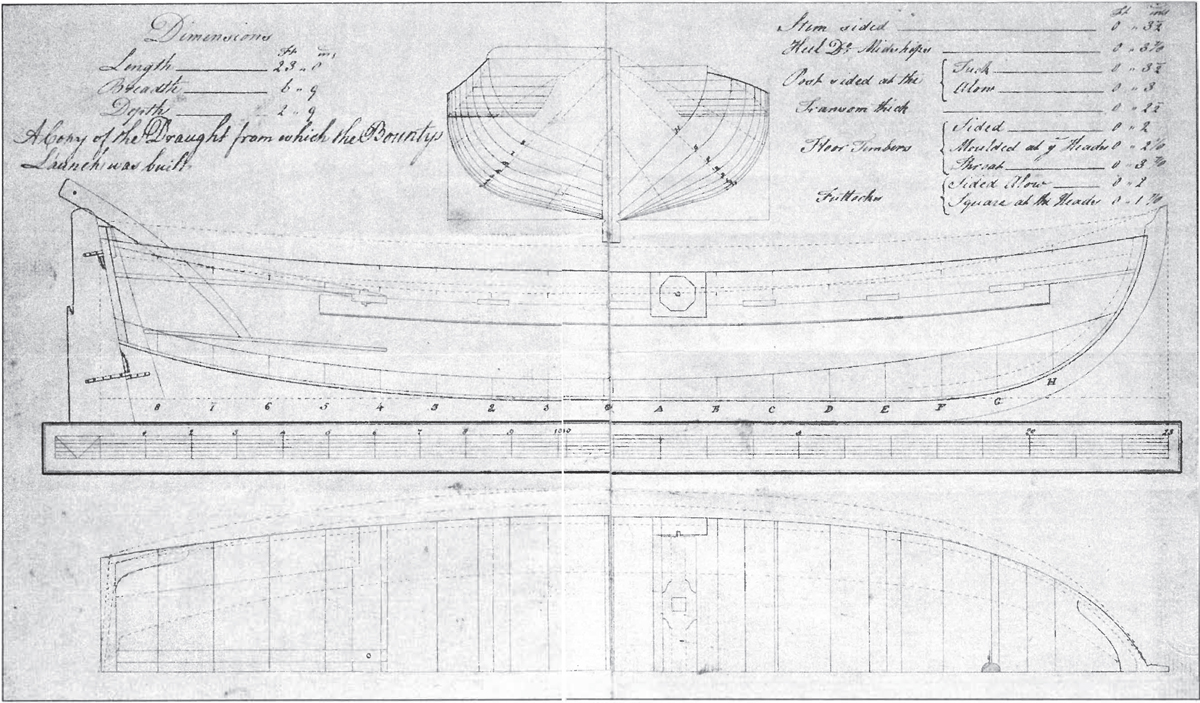
Copy of the draught from which the Bountys launch was built
Prologue
A LL BUT NAKED, William Bligh stood on the decks of the Bounty just before dawn on 28th April, 1789. At the prod of a cutlass to his buttock he climbed over a bulwark and down the ladder into the launch waiting below.
He would never understand how the mutiny happened, and he would never placate his outrage, but it blew up and was over before hed had time to gather his wits. It was as though God made him step aside while some squalid matter outside his responsibility was attended to, and when he was allowed back it just happened that his ship and most of its crew had vanished.
Of course, for the rest of his life he would be Bligh of the Bounty, and people who had forgotten his great feats of survival and heroism would, on meeting him, seize upon some small, lurid detail from the ships legend and pester him with it. More than that, he would achieve a status restricted to a diverse and not always salubrious gang of characters in historyhe would become a living metaphor. Cruelty, violence, rigour and discipline: these would be the qualities one used the word Bligh to encompass. He would live with itthere would be greater and sadder burdens to bearyet never weary of trying to give some justice back to his name. In the future, people would not understand his fussiness, his pedantry and passion for detail, or his intense personal sense that the enemywhatever or whoever it might bewas still there, even though it was less powerful, and even less definable than before. Bligh would not want adulation, just respect, and he would never be able to figure out how that came so easily to so many undeserving men, yet was denied to him.
Through long afternoons of tortuous self-examination in the days to come, he would cast his mind back, searching for the key to his personal failure and alwaysagainst his will it seemedhe returned to Kealakekua Bay in Hawaii ten years earlier, to the day when Cook was killed.
CHAPTER 1
Kealakekua Bay

Map of Cooks third voyage in the Pacific
I N 1776, WHEN twenty-two-year-old William Bligh joined James Cooks third voyage to the Pacific as Master on the Resolution, the world was still young. Most of it remained secret except to the imagination. Parts of the coast of New Holland (Australia) had been but roughly sketched and its interior, like Africas and Americas, was a mystery. Asia, if better known, was still full of possibilities, and scant, albeit tantalising, details were just beginning to come through about the Pacific. A British sailor could watch Plymouth slowly fade from view and feel that from here on his life was out of Gods hands.
Therein lay the source of so much of Cooks great reputation. He held a beacon up to the void and when he asked men to follow him in they understood that if he didnt know the way he knew what it promised. He had gone further than anyone else, seen things only the most blasphemous would contemplate, and he had always returned. In the 1770s the dockside taverns still hummed with stories of expeditions that had failed, or simply vanished. If scurvy didnt get them the ice-floes of the north would freeze them in or the tropical heat would send them mad. George Anson had sailed into the Pacific with six ships and returned with just one, and over a thousand of his crew had died, and that, they all said, was bound to happen. James Cook was a hero not just for his discoveries but for his wisdom, compassion and the fact that his crew returned better men than when theyd left. To be appointed Master of the Resolution, the ship Cook would himself captain, was an intimidating honour and it was a role William Bligh would fiercely treasure.
The Master in the Georgian Navy was the Warrant Officer responsible for navigating the ship. He had to know how to use the compasses, sextants and quadrants and he had to care for them. He needed to be able to read the heavens and the sea and to work out logarithms and draw charts, and all this knowledge was useless if he didnt know how a ship was rigged, how the anchors worked, who to call on in particular emergencies, and the difference between the Etesian and the Trade winds. He had to be a mathematician and craftsman, scientist and labourer, and if he did his job badly he imperilled everyone elses life. That was the average Master in the Georgian Navy. Cooks Master was expected to be a lot more.
What first drew Bligh to Cooks attention was his skill as a cartographer. In that regard Bligh was thoroughly precocious and, like Cook, self-taught. At twenty-two hed been exposed to too much to be a youth any longerthe Navy had that effect on peoplealthough a certain callowness remained. He was a man Cook could nurture. They were artists really, but the end they struggled for was indisputable fact. Not beauty but truth, sensitivity not in feeling but in judgment.
The world they were entering had never been mapped before and they were mindful that their perceptions would influence those who came afterwards. From the southern coast of Tasmania to the ice-choked bays of Alaska, from Christmas Island to Kuskokwim Bay, Cook sent his Master out to take soundings and chart the landforms they encountered, and the route the expedition took would henceforth be marked with the Captains tributesBlighs Cap, Bligh Island, Bligh Entrance, Bligh Sound.
Next page
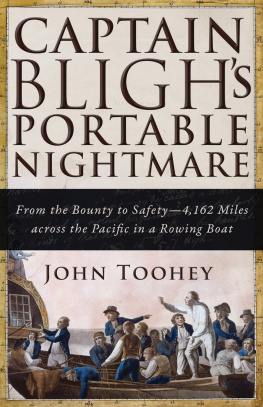

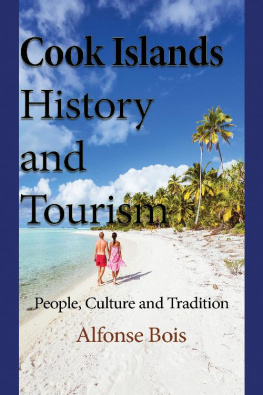
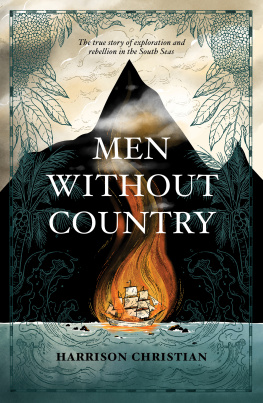
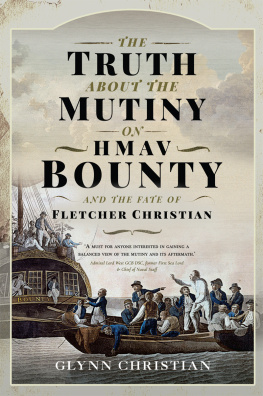


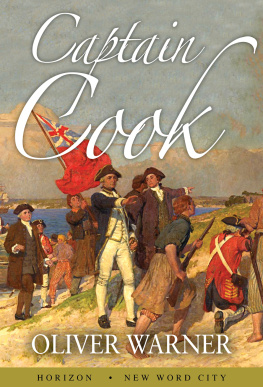



 wtf
wtf


